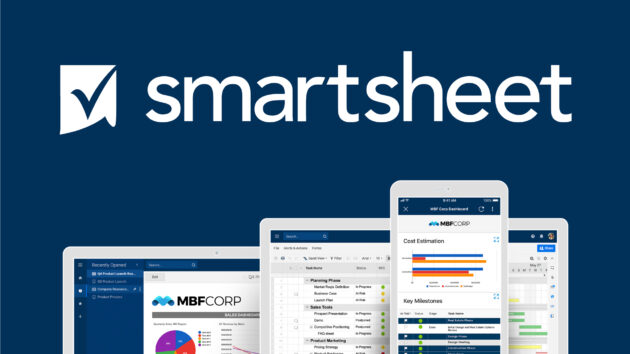Strategic View: Investment grade private credit markets witnessed increased adoption of club deal structures during Q3 2025 as alternative to sole lender and syndicated deals. Club transactions involve 2-5 lenders jointly providing financing, enabling risk diversification while preserving meaningful influence over terms. This pathway offers strategic value through bespoke structuring opportunities, diversification benefits, and efficient execution compared to full syndication, particularly attractive amid market uncertainty and higher structuring premiums.
Q3 2025 Investment Grade Private Credit report.
 Full story: Investment grade private credit’s embrace of club deal structures reflects evolving dynamics in institutional lending markets. As corporations seek alternatives to volatile public bond markets and relationship banks face balance sheet constraints, private credit lenders increasingly collaborate through club arrangements that balance scale requirements with customization flexibility. The notion that club deals produce “lowest common denominator” terms has proven largely unfounded when lenders share underwriting philosophies and strategic objectives.
Full story: Investment grade private credit’s embrace of club deal structures reflects evolving dynamics in institutional lending markets. As corporations seek alternatives to volatile public bond markets and relationship banks face balance sheet constraints, private credit lenders increasingly collaborate through club arrangements that balance scale requirements with customization flexibility. The notion that club deals produce “lowest common denominator” terms has proven largely unfounded when lenders share underwriting philosophies and strategic objectives.
Club deals in IG private credit typically involve 2-5 institutional lenders—pension funds, insurance companies, asset managers—who jointly underwrite and fund large corporate financings. This structure provides meaningful advantages over sole lender deals: capital concentration risk diversifies across participants, due diligence costs and expertise distribute among sophisticated partners, and deal size capacity expands beyond any single lender’s risk appetite. Compared to fully syndicated transactions with dozens of participants, club deals maintain efficiency with faster execution, limited information leakage, and preserved lender influence over covenants and structural protections.
During Q3 2025, market observers noted club structures particularly suited transactions requiring scale but demanding bespoke terms. Complex cross-border financings, refinancings with unusual amortization profiles, and credits with covenant negotiations benefited from club formats. Participants cited ability to tailor risk allocation across bond classes—some lenders preferring senior secured positions while others accept junior or mezzanine tranches—as key attraction. The approach contrasts with syndicated markets where standardization dominates. Importantly, club deals enable investors to select where capital deploys across various classes of bonds, further customizing exposure. The structural evolution reflects maturation of private credit as asset class.
As dry powder accumulates and deal competition intensifies, sophisticated lenders recognize collaboration through club formats can access larger opportunities while maintaining underwriting discipline. Borrowers benefit from certainty of execution—club lenders provide committed capital without syndication risk—while accessing flexible terms impossible in public markets. Looking forward, industry participants expect club deals to remain prominent in IG private credit, particularly for $500 million to $2 billion financings where scale demands exceed sole lender capacity but full syndication proves inefficient.
Summary: Investment grade private credit club deals gained prominence in Q3 2025 as lenders balanced scale requirements with structural flexibility. The 2-5 lender format enables risk diversification, bespoke covenant negotiation, and efficient execution compared to full syndication. This matters because club structures are becoming institutional lenders’ preferred approach for mid-to-large corporate financings, reshaping how private credit capital deploys and how borrowers access alternative funding outside volatile public bond markets.
Source: SLC Management Q3 2025 Investment Grade Private Credit Update





